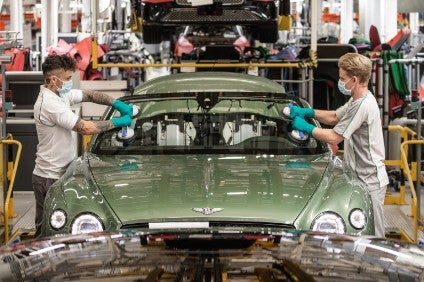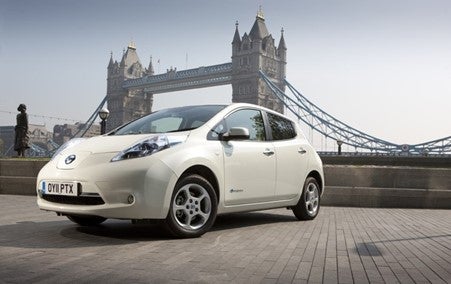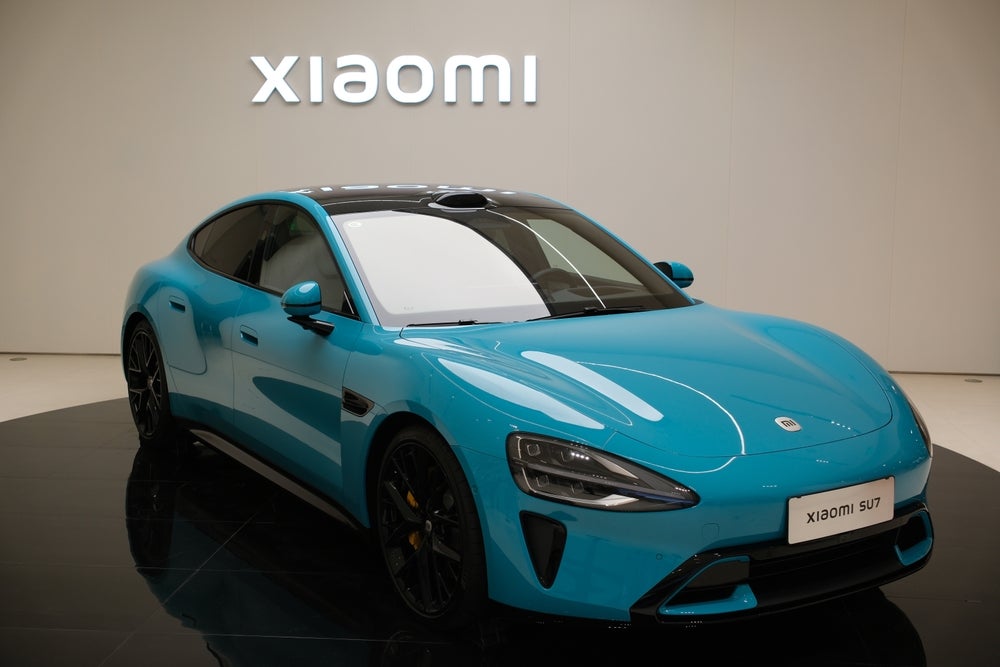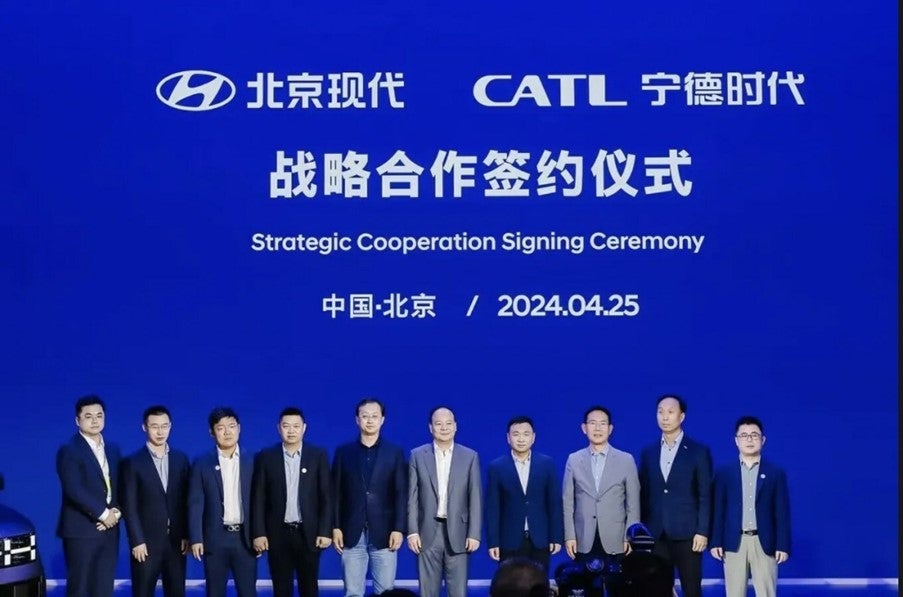
The UK Automotive industry is unlikely to return to previous high levels of production and component suppliers must look elsewhere to survive, delegates to the Autolink 2022 conference were told yesterday.
The gloomy outlook and warning was given by Ian Henry, managing director of AutoAnalysis and a government advisor on the motor industry, speaking at the annual Welsh Automotive Forum event in Cardiff Stadium, where 200 member delegates, supplier and service representatives attended.
Henry said a combination of Brexit changes, Covid and chip shortages had started the production decline and this year Russian invasion of Ukraine had brought new problems, initially affecting parts supplies and then a steep rise in energy prices.
He said initially the UK motor manufacturing sector had performed better than many in Europe but long term worries existed over investment and there was a growing feeling that some components should be made in Britain and not imported.
“In the first half of 2022, car production is down 19% below that for 2021, mainly as a result of Honda closing its Swindon factory,” he said.
“It is expected that by the end of this year car production will reach 825,000, compared to 850,000 a year ago, but that’s 35% down on 2019 and a whopping 50% on the high figure of 2017.”
How well do you really know your competitors?
Access the most comprehensive Company Profiles on the market, powered by GlobalData. Save hours of research. Gain competitive edge.

Thank you!
Your download email will arrive shortly
Not ready to buy yet? Download a free sample
We are confident about the unique quality of our Company Profiles. However, we want you to make the most beneficial decision for your business, so we offer a free sample that you can download by submitting the below form
By GlobalDataHenry added all the indications he saw suggested the growth in electrified models would not be as great as first thought and a considerable number of petrol and diesel models would still be seen in the market after 2040 but in lower numbers.
There would also not be the electric models on the market to justify the number of gigawatt battery plants which would supply traction batteries and these developments were likely only if carmakers agreed on some joint ventures to buy the batteries.
“Suppliers need to look elsewhere for growth as it’s unlikely to come from increased production by existing vehicle manufacturers and strategies to protect what they have are needed.”
Financial Times global motor industry correspondent Peter Campbell also told the audience that sector megatrends, OEM strategies and global supply chains were all changing.
There was great diversity in approaches to the future of road transport, with some manufacturers early adopters of EVs while others were hedging their investments and ownership was being replaced by leasing agreements and car clubs.
Onshoring of components was one aspect to smooth out supplies but the varying costs of energy and pool of skilled labour to make what was needed were also factors coming into decision making.
Deliveries of cars were now stretching out over a year in some cases, he added, and manufacturers are streamlining ranges to conserve electronic components for the models which earn them the highest profits.
In future, carmakers were more likely to build what they need themselves rather than buy from external suppliers, particularly as EVs use far fewer components and this would also be a challenge to existing businesses in the parts sector.






